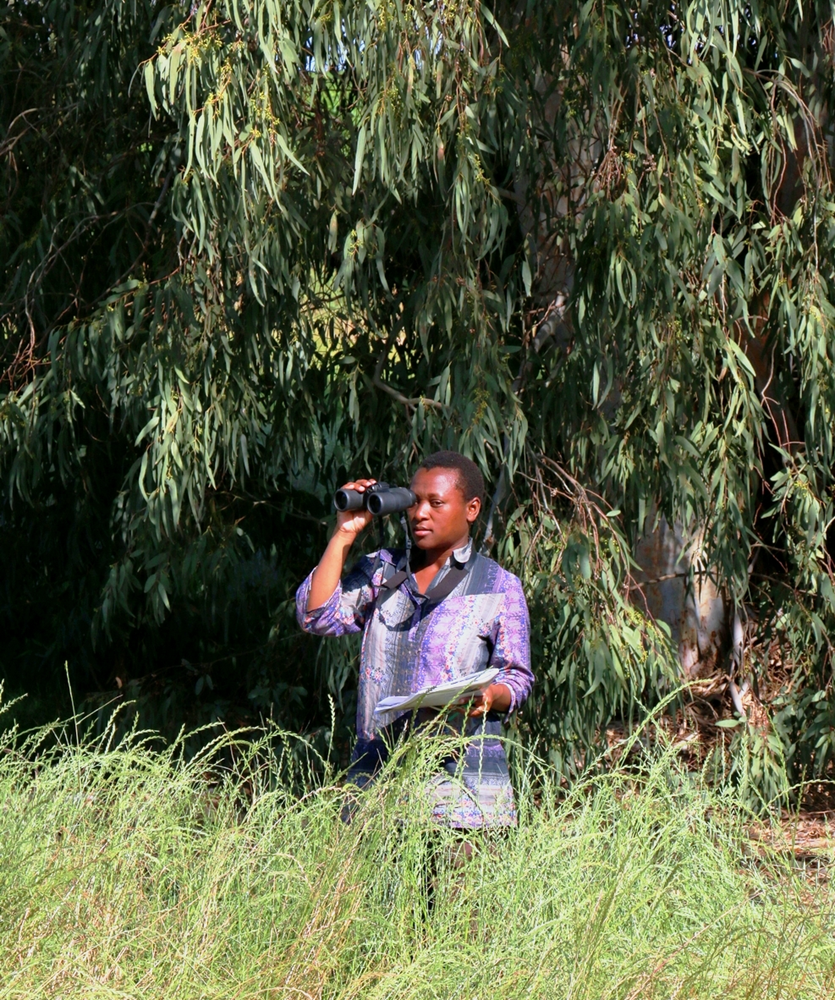11 August 2017 | By Sjirk Geerts and Joy Mangachena
The areas between land and a river or stream (riparian habitats) forms a small fraction of the landscape, but support a high diversity of birds. Invasion of these riparian areas by invasive alien plants can negatively affect bird groupings and the important services such as seed dispersal and pollination that birds provide in the ecosystem.

C·I·B associate, Sjirk Geerts, together with Cape Peninsula University of Technology MTech student, Joy Mangachena, explored the extent of effects of invasive alien plant invasions on bird groupings. Findings from their study were published in the Journal of Ecological Research.
Introduced to South Africa from Australia, Red river gum (Eucalyptus camaldulensis) has high economic value as a forestry species and is important for the beekeeping industry as a source of pollen and nectar in the dry season. Unfortunately, this species can also be problematic considering its impacts. Prior to this study, little was known on how Red river gum tree invasions in riparian areas, will impact bird groupings.
Results from this study showed that 635 birds from 42 species occurred in near-pristine sites (uninvaded) while sites invaded by Red river gum trees had a lower diversity with 507 birds from 26 species. Although alien trees are beneficial to a few generalist bird species (birds with a varied diet), important specialist bird species (birds with a limited diet) are lost.
Their study also found that frugivores (fruit-eating birds) showed reduced species richness and abundance while nectarivores (birds eating sugar-rich nectar) are entirely lost, thereby disrupting critical mutualistic ecosystem services. Also contrary to the popular notion and anecdotal reports, alien trees are not important to raptors.
“This study justifies the current clearing of invasive alien plants through government funded programmes,” said Joy, “but also highlights the importance of post clearing studies to guide restoration activities. I hope that our findings change the way that people view some invasive alien trees in our environment, so that they no longer accept their occurrence.”
Read the paper published in Journal of Ecological Research
Mangachena, J.R. and Geerts, S. 2017. Invasive alien trees reduce bird species richness and abundance of mutualistic frugivores and nectarivores; a bird’s eye view on a conflict of interest species in riparian habitats. Journal of Ecological Research. doi:10.1007/s11284-017-1481-0
For more information, contact Sjirk Geerts at geertss@cput.ac.za or Joy Mangachena at atidazw@gmail.com



